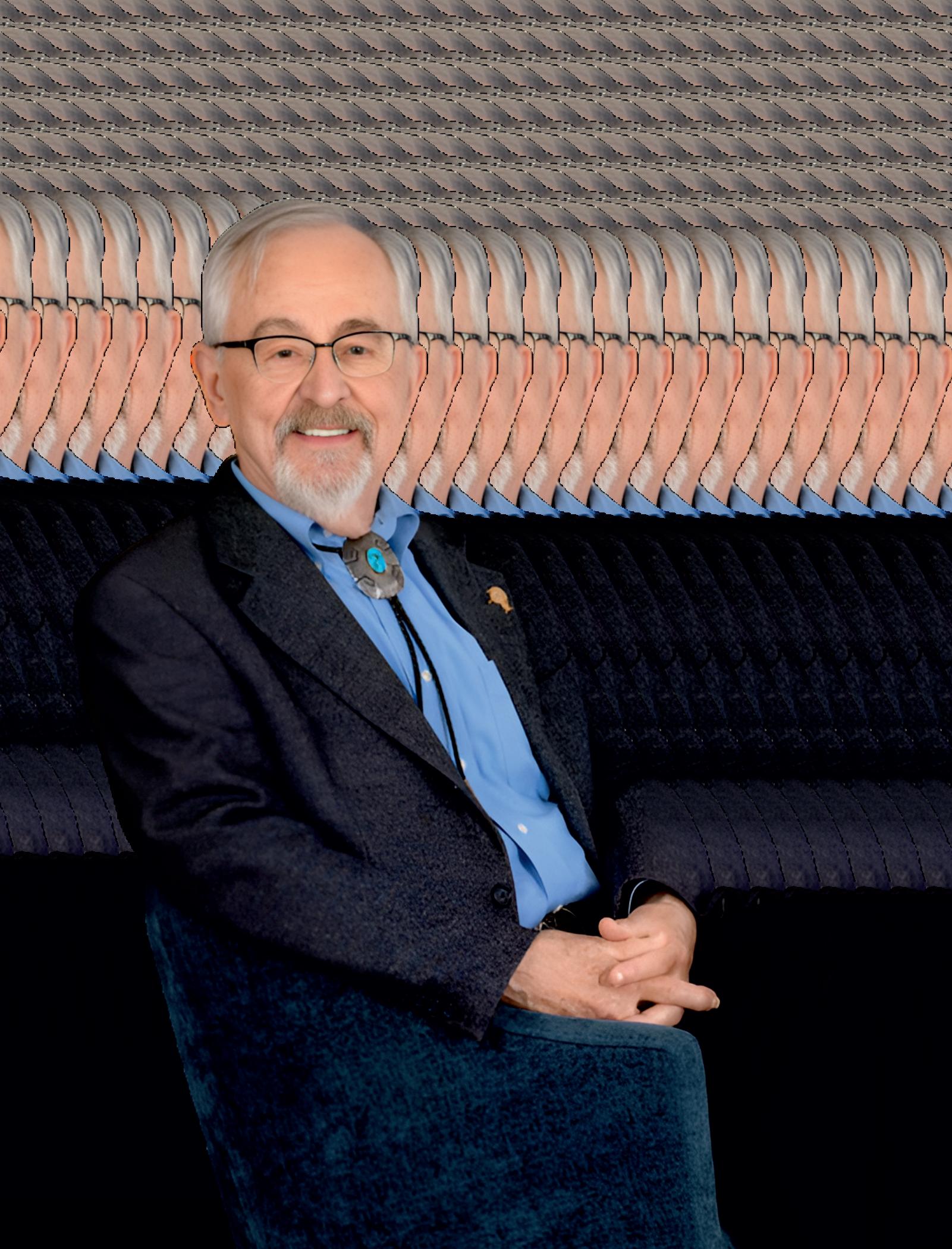
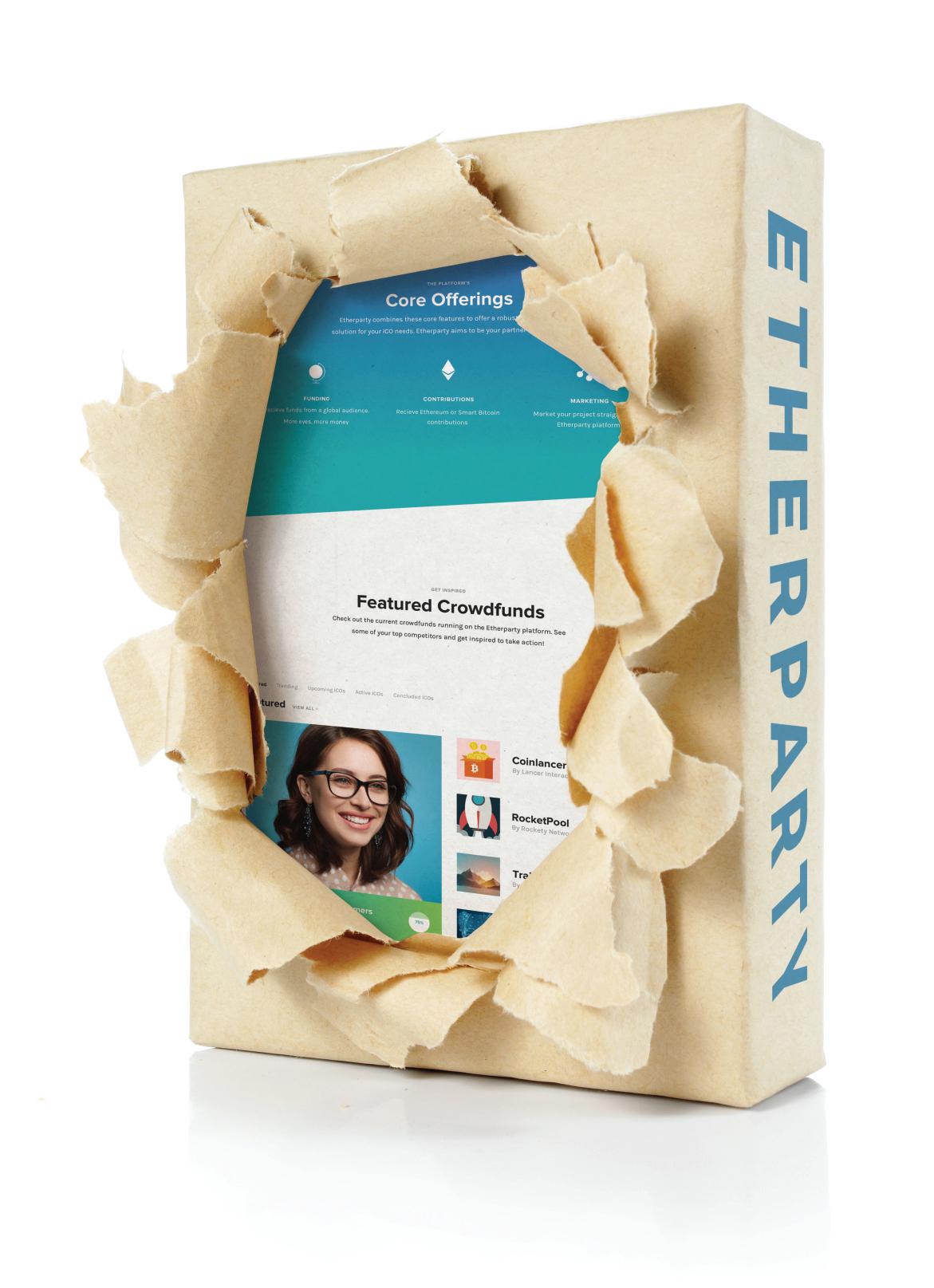
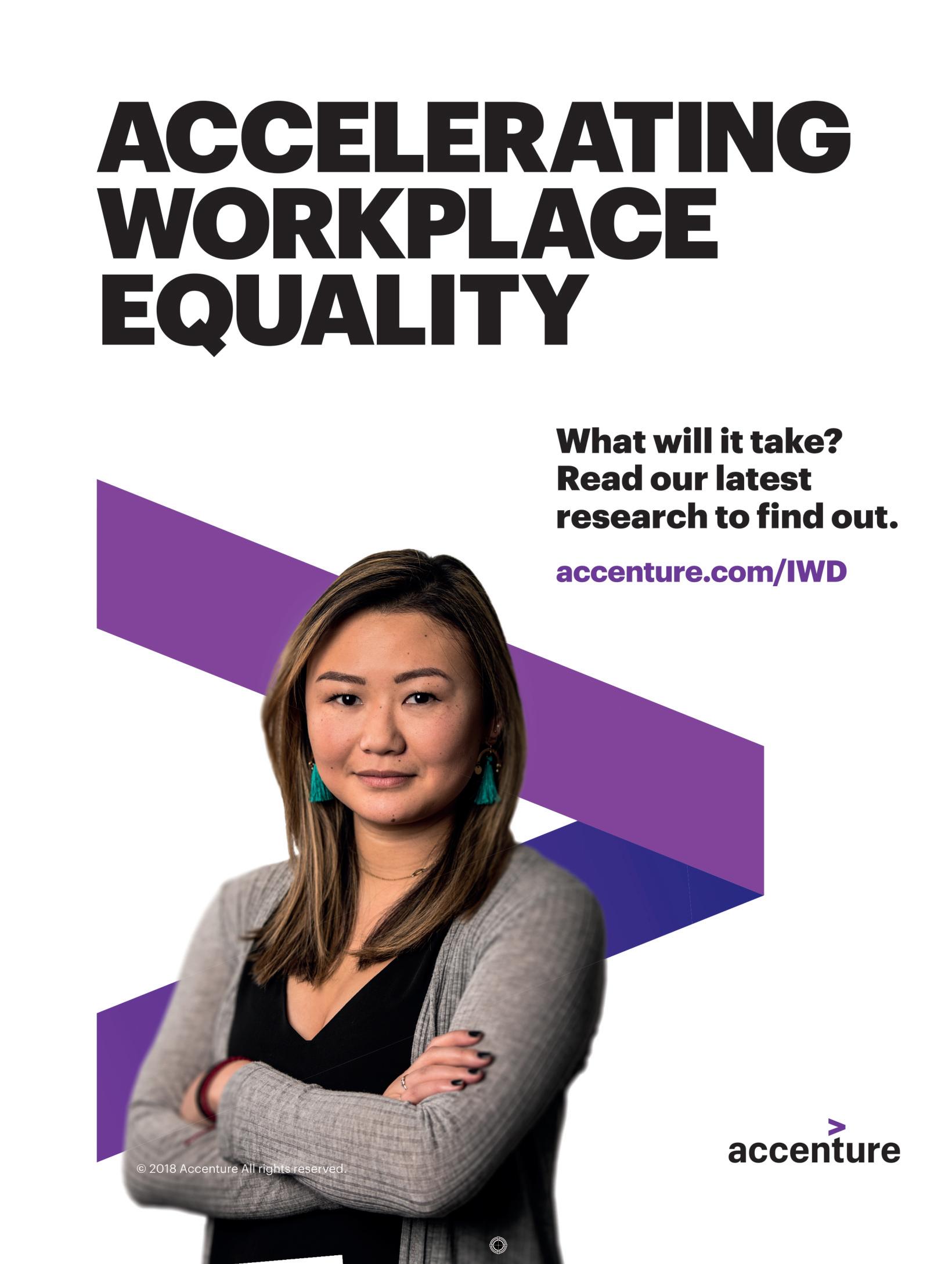








Inaworldreshapedbyrapidtechnologicalchange,shiftingsocietalneeds,andthe
demandforinclusive,future-readylearning,educationstandsatapivotal crossroads.Innovationineducationisnotonlyaboutnewtoolsordigitalplatforms, butalsoaboutboldvisionarieswhoreimaginehowknowledgecanbetaught,applied, andsharedtomakemeaningfulimpact.OnesuchvisionaryisRichardLarsonwhose distinguishedcareerexemplifiestheintegrationofacademicexcellencewithpractical application.
InsightsSuccessinitsrecenteditiontitledThe2025PowerList:GlobalLeading InnovatorsinEducationhonorsLarsonforhislongstandingcommitmenttobridging academictheorywithpracticalapplication.Adistinguishedpioneerinoperations research,Larsonhasconsistentlyadvancedthefieldasatoolforaddressingcomplex, real-worldchallengesratherthanasapurelytheoreticaldiscipline.Hiswork,including themodernizationofNewYorkCity’s911emergencyresponsesystemandthe developmentofnationalvaccinedistributionstrategies,demonstrateshowdata-driven modelscansupportcriticaldecision-makingandimprovepublicoutcomes.AtMIT, Larsonhasbeenastrongadvocateforinterdisciplinarycollaboration,model-based thinking,andtheapplicationofsystemsanalysisacrosskeysectorssuchaspublic services,healthcare,andeducation.
ThroughinitiativessuchasMITBLOSSOMS,Larsonhasexpandedaccessto interactiveSTEMeducationforstudentsacrosstheglobe.Hiseffortshavebroughthighquality,engaginglearningexperiencestoclassroomsindiverseeducationalsettings.As adedicatedmentor,hehasinfluencedgenerationsofstudents,encouragingthemto pursueresearchgroundedinbothintellectualrigorandmeaningfulpurpose.Larson’s careerisguidedbyaclearandcompellingprinciple:thatknowledgeshoulddriverealworldimpact.Hisworkstandsasamodelforapplyinganalyticalthinkingtoaddress complexchallengesandcontributetotheadvancementofsociety
Haveagreatreadahead!

Bridging Theory and Reality: Richard Larson’s Mission to Transform Data into Impact
18 08
From Research to Reality: Innovative Paths in the Future of Learning
Strengthening Teachers: Pioneering Teaching Methods by Innovative Educators




Editor-in-Chief
Merry D'Souza
Managing Editor Executive Editor
Preston Bannister
Visualizer
David King
Senior Sales Managers
Jenny Fernandes
Art & Design Director
Rosy Scott
Bruno Alves, Jack McDowell
Marketing Manager Technical Head
James M.
Jacob Smile
Technical Specialist
Irvin Wilson
SME-SMO Executive
Steve Rodrigues
Robert Brown
Assistant Editor
Michael Wayne

Circulation Manager June, 2025
Database Management
Stella Andrew
Associate Designer
Angela Ruskin
Business Development Manager
Ryan Brown
Sales Executive
Max Floyd
Business Development Executives
Simon, Tom
Digital Marketing Manager
Dominique T.
Research Analyst
Frank Adams
Technology Consultant
David Stokes

sales@insightssuccess.com

We are also available on :




Copyright © 2025 Insights Success , All rights reserved. The content and images used in this magazine should not be reproduced or transmitted in any form or by any means, electronic, mechanical, photocopying, recording or otherwise, without prior permission from Insights Success. Reprint rights remain solely with Insights Success. Follow us on : www.facebook.com/insightssuccess/ www.x.com/insightssuccess

In a world awash with information, Richard Larson stands as a beacon of how to use that knowledge to truly make a difference.”


Inaneradefinedbyadelugeofdataandinfiniteaccessto information,thepursuitof knowledgeoftenrisks being reduced to surface-level understanding. The academic world,whilerichininsightandtheory,sometimeslosessight ofpracticalapplication.RichardLarson,however,hasmadeit hislife’sworktochangethat.Forhim,learningmusttranslate into wisdom—knowledge applied, tested, and used to make decisionsthatreshapethesystemswerelyoneveryday.
Heseesoperationsresearchnotasanabstractexercise,butas a practical toolkit to solve real-world puzzles From emergency response systems to public education reform, Larson's efforts represent the kind of interdisciplinary, datadriven thinking necessary to meet modern society's most pressing challenges. His philosophy bridges academia and practice,helpingsocietyreimaginewhatitmeanstolearnand tolead.
This article explores the trajectory of Larson’s remarkable career,delvingintotheheartofhisideas,achievements,and influence. Through an unwavering commitment to applied research, mentorship, and technological innovation, he has redefinedhowwesolveproblems—fromthe911callcenterto STEMclassroomsaroundtheworld.
Richard Larson often describes his career path as a natural evolutionofhishighschoolloveforphysics.Itwasphysics, not biology or chemistry, that sparked his early fascination withhowtheworldworks.Hefoundsatisfactioninreducing complexsystemsintoahandfulofpowerfulprinciples.When he discovered operations research (OR), he realized he had found a field that applied that same logic—not to atoms and forces, but to real-world challenges like traffic, emergency response,andpublicservices.
Larson refers to OR as “the physics of the world we operate in.” It’s an apt analogy for a discipline that uses data and mathematical modeling to understand and improve the systems that underpin modern life.Whether designing more
efficient public transport or optimizing hospital workflows, Larson sees operations research as the engine behind smart, evidence-baseddecision-making.Hispassionforthefieldhas remained consistent over decades, evolving alongside technology but always rooted in the principle that problems mustbetackledwithrigor,clarity,andpurpose.
Over the years, Larson has emerged as a pioneer in urban service systems, bringing analytical depth to challenges that affectmillions.Hisdebutbook,UrbanPolicePatrolAnalysis, wontheprestigiousLanchesterPrize,solidifyinghisposition asathoughtleaderinapplyingmathematicalmodelstopublic service delivery His later work, including the co-authored Urban Operations Research, became a foundational text in thefield,citedwidelybyscholarsandpractitionersalike.
He contributed significantly to the study of queues and developed sophisticated tools like the Hypercube Queueing ModelandtheQueueInferenceEngine.Thesemodelshelped organizations make better decisions using limited or noisy data—longbefore"bigdata"becameabuzzword.Inprojects ranging from pandemic modeling to vaccine distribution strategies,Larson’sworkhasdemonstratedhowwell-crafted modelscanguidelife-savingdecisions.
These tools, while technical in nature, are underpinned by a core human concern: improving quality of life by making servicesmoreresponsive,efficient,andequitable.
Amonghismostpublic-facingcontributions,Larsonplayeda crucialroleinmodernizingNewYorkCity’s911emergency response system. Before the 911 system was centralized, residents faced confusion over which number to call depending on their borough Even after unification, operational inefficiencies plagued the system, leading to criticaldelays.
Larson’s work routinely crosses disciplinary boundaries—engineering, public policy, computer science, and education.” “


Called in as an expert, Larson worked hand-in-hand with policeofficersanddispatchers.Byapplyingqueueingtheory and systems analysis, he optimized staffing models and resource deployment strategies These changes, though logisticalinnature,hadprofoundconsequences—potentially savingcountlesslivesbycuttingdownresponsetimesinlifeor-death situations. His documentation of the methodology alsoensuredthesolutionscouldbereplicatedinothercities.
For Larson, this was a perfect case study of how theory and fieldworkcouldintersecttoproducereal-worldchange.
Larsonisachampionof“model-basedthinking,”anapproach he believes everyone—not just scientists or engineers—can benefit from. His book, Model Thinking for Everyday Life, makes a compelling case that decision-making in daily life, from personal finance to traffic navigation, can be significantly improved through simplified models that help peopleunderstandpatternsandprobabilities.
He views operations research as a discipline that provides these mental tools. By teaching people to conceptualize systems, assess cause-effect relationships, and test different strategies, Larson is democratizing analytical thinking.At a time when misinformation and cognitive overload are prevalent,suchframeworksofferclarityandstructure.
His passion for sharing this knowledge goes beyond academia; it’s about equipping future generations with tools tothinkcriticallyandactwisely.
Richard Larson’s work has never been confined to labs or lecture halls. He has consulted with the U.S. Postal Service, theCityofNewYork,andnationalbodiessuchastheInstitute of Medicine. His data models have been used to guide decisions in pandemic planning, disaster response, and healthcaresystemdesign.
Forinstance,duringtheH1N1pandemic,Larsonco-authored a paper that modeled vaccine distribution across the U.S., whichwontophonorsinthejournal Value in Health Another widely recognized paper, “STEM Crisis or STEM Surplus? Yes and Yes,” explored the paradoxical dynamics of the STEM workforce. This work not only earned prestigious awards but also sparked broader public debate, featuring in outletslikeTheNewYorkTimes
Whether speaking to policymakers, journalists, or fellow researchers, Larson consistently advocates for a smarter integrationofdataintoeverydaygovernance.
Technology and Learning: Building the MIT BLOSSOMSVision
As the former director of MIT’s Center for Advanced EducationalServices,Larsonwasanearlyadvocatefortechenabled learning. Long before the COVID-19 pandemic maderemoteeducationmainstream,heexploredhowonline platforms could bring high-quality learning to underserved communitiesworldwide.
ThroughtheMITBLOSSOMSinitiative,hecreatedaglobal networkofeducationalvideosinscienceandmath,designed not as passive lectures but as interactive experiences. The program’s success lies in its ability to blend rigorous academic content with culturally relevant storytelling, promotingengagementanddeeperunderstanding.


Richard Larson’s work has never been confined to labs or lecture halls. He has consulted with the U.S. Postal Service, the City of New York, and national bodies such as the Institute of Medicine.”
Larson continues to see education as a powerful lever for societal transformation. But he also warns of the dangers of over-reliance on AI in education. Tools should enhance learning,notreplaceit.Thegoal,heasserts,mustalwaysbeto cultivatehumancuriosity,reasoning,andethicalthinking.
OneofLarson’smostenduringprinciplesistheimportanceof “BootsontheGround”research.Whilecomputationalpower hasgrownexponentiallyandAItoolsnowsimulatecomplex systems, Larson insists that real insight often comes from physicalpresenceanddirectobservation.
Hebelievesthatresearchersmustimmersethemselvesinthe systemstheywishtoimprove—whetherthatmeansvisitinga callcenter,ridingpublictransitduringrushhour,orsittingin classrooms in rural schools. Without this grounded perspective, he argues, models can become abstracted from reality,losingbothaccuracyandrelevance.

This belief is rooted in humility and a commitment to service—arecognitionthattheworldcannotbechangedfrom adistance.
ThroughouthistenureatMIT,Larsonhasmentoredhundreds ofstudents,instillinginthemnotonlytechnicalskillsbutalso abroadersenseofpurpose.Herecallshowhisownmentors balanced honesty with encouragement, and he has sought to embodythatsamebalanceinhisworkwithstudents.
Heviewsmentorshipnotasahierarchicalrelationship,butas a partnership—one that llows both teacher and learner to grow Many of his students have gone on to become influentialresearchers,publicservants,andeducatorsintheir own right.They often cite Larson’s mentorship as pivotal in shapingtheirpaths.
In this way, his influence continues to ripple outward, multiplyinghisimpactacrossgenerations.
Cross-DisciplinaryThinkerinaFragmentedAcademy
Larson’s
boundaries—engineering, public policy, computer science, and education. He believes that complex problems demand such intersectional thinking.Yet, he also acknowledges that academiaoftendiscouragessuchcollaborationthroughrigid departmentalstructuresandincentivesystems.
Headvocatesforsystemicchangeinhowuniversitiesreward cross-disciplinary research. Encouraging collaboration, he argues,notonlyleadstobettersolutionsbutalsoreflectsthe interconnected nature of the world itself. For him, tearing down academic silos isn’t just a bureaucratic issue—it’s a moralimperative.

Themodernresearchlandscapeisnotwithoutitschallenges. Larson recognizes the increasing difficulty researchers face: theraceforgrants,thedemandfor constantpublication,and the bureaucratic hurdles that often accompany innovation. Despite this, he credits MIT’s inclusive and intellectually adventurous environment for allowing him the freedom to pursuebold,high-impactprojects.
He believes that universities must do more to support intellectual risk-taking. When institutions provide space for curiosity-driven research, they open the door to breakthroughsthatcantransformentiresystems.
Richard Larson’s career is a testament to the belief that knowledgemustserveapurpose.Hisworkhasredefinedhow we think about systems—from urban planning to global education—and has laid the groundwork for generations of problem-solvers who see data not as numbers on a spreadsheetbutascluestoabetterworld.
Atthecoreofhisphilosophyliesasimpleyetpowerfulidea: thatlearningisnotcompleteuntilitcreatesimpact.Whether mentoring students, advising cities, or building educational platforms, Larson continues to embody a rare blend of intellectualrigor,ethicalclarity,andpracticalvision.



As education continues to evolve rapidly in response toacceleratingtechnologicaladvancements,shifting societal needs, and complex global challenges, the future of learning is poised for transformative and unprecedented change. Traditional models of instruction, oftencharacterizedbystaticcurricula,rigidframeworks,and uniformteachingmethods,aregivingwaytomoredynamic, personalized, inclusive, and technology-enhanced approaches The innovative paths emerging today hold promise not only for increasing accessibility, engagement, and equity but also for preparing learners with the critical skills,adaptability,andcreativityneededinanever-changing, interconnectedworld.
This article explores three key areas shaping the future of education: adaptive learning technologies, experiential and immersive learning environments, and the growing importanceoflifelonglearningframeworks.
Adaptive learning technologies represent one of the most significant innovations transforming education These systems leverage artificial intelligence and data analytics to customizethelearningexperienceforeachstudent,tailoring content, pacing, and assessment based on individual needs and progress. Unlike traditional one-size-fits-all models, adaptiveplatformscontinuouslyanalyzelearnerinteractions and performance, adjusting instructional strategies in real timetooptimizeunderstandingandretention.


This personalized approach has demonstrated considerable promise in improving academic outcomes, particularly for students who might otherwise struggle in conventional settings.
Beyond academic performance, adaptive learning technologies also support greater learner engagement by providing immediate feedback and targeted challenges that match each student’s skill level. Moreover, these tools facilitate scalable personalized education, making highquality instruction more accessible to diverse populations regardlessofgeographicorsocioeconomicbarriers.Asthese systems become more sophisticated and integrated into mainstream education, they are poised to redefine how curricula are designed and delivered, ensuring that every learnercanprogressatanoptimalpacetailoredtotheirunique abilitiesandgoals.
Theriseofexperientialandimmersivelearningenvironments is another critical pathway shaping the future of education. These methods prioritize active, hands-on engagement over passive consumption of information, enabling learners to applyknowledgeinpracticalcontexts.Technologiessuchas virtual reality (VR), augmented reality (AR), and mixed reality (MR) are at the forefront of this shift, offering immersivesimulationsthatreplicatereal-worldscenariosand complex problem-solving situations. By placing learners “inside” their subjects, these environments foster deeper understanding,criticalthinking,andcollaboration.
Experiential learning also extends beyond technology to encompassproject-basedlearning,internships,makerspaces, andcommunityinvolvement,allofwhichconnectclassroom theory to real-world practice.Thisintegration helps learners develop essential 21st-century skills such as creativity, adaptability, and interpersonal communication, which are increasingly valued in professional and civic life. As immersive technologies become more affordable and scalable,andaseducationalinstitutionsrecognizethevalueof experiential methods, these approaches will become increasingly central to effective teaching and learning paradigms.
In a rapidly changing global economy and labor market, lifelonglearninghasemergedasavitalandstrategicconcept for personal and professional development No longer confinedtoformalschoolingyears,educationisnowwidely
viewed as an ongoing, evolving process that spans an individual’sentirelifeandadaptstonewcircumstances.This forward-looking perspective is driving the development of flexible, modular learning frameworks that accommodate diverseneedsandenablecontinuousskillacquisition,career advancement, and knowledge upgrading. Online platforms, micro-credentials, open-access resources, and competencybasededucationmodelsprovidelearnerswithgreateragency to pursue relevant knowledge at their own pace and convenience.
The emphasis on lifelong learning also reflects broader and more complex societal shifts, including rapid technological disruption, demographic changes, and the urgent need for global workforce reskilling. Organizations, employers, and governments worldwide are investing in scalable, inclusive initiatives to foster a culture of continuous education and innovation, recognizing that adaptability and resilience are keytothrivinginuncertain,competitivefutures.Aslifelong learning becomes more deeply embedded within formal educationsystems,corporatetrainingprograms,andevolving workplacecultures,innovativepoliciesandforward-thinking practices will be crucial to ensuring equitable access, sustained engagement, and robust support for individuals throughouttheirlifelonglearningjourneys.
The future of learning is being shaped by groundbreaking innovations that prioritize personalization, engagement, and continuous growth. Adaptive learning technologies are revolutionizing educational delivery by tailoring instruction to individual needs, while experiential and immersive environments provide learners with meaningful, hands-on experiences that deepen understanding and foster essential skills Simultaneously, the rise of lifelong learning frameworks acknowledges that education is no longer confined to formal schooling but is a continuous process essential for navigating an ever-evolving world. Together, these innovative paths not only enhance the quality and accessibilityofeducationbutalsopreparelearnerstomeetthe challenges and opportunities of the future with confidence and agility Embracing these developments requires collaboration among educators, policymakers, technology developers, and learners themselves to build inclusive and dynamic learning ecosystems. As education continues to transform, the commitment to innovation will be paramount in cultivating a generation equipped for success in a rapidly changinggloballandscape.




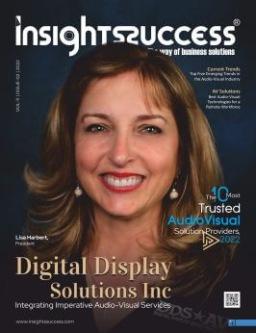


www.insightssuccessmagazine.com











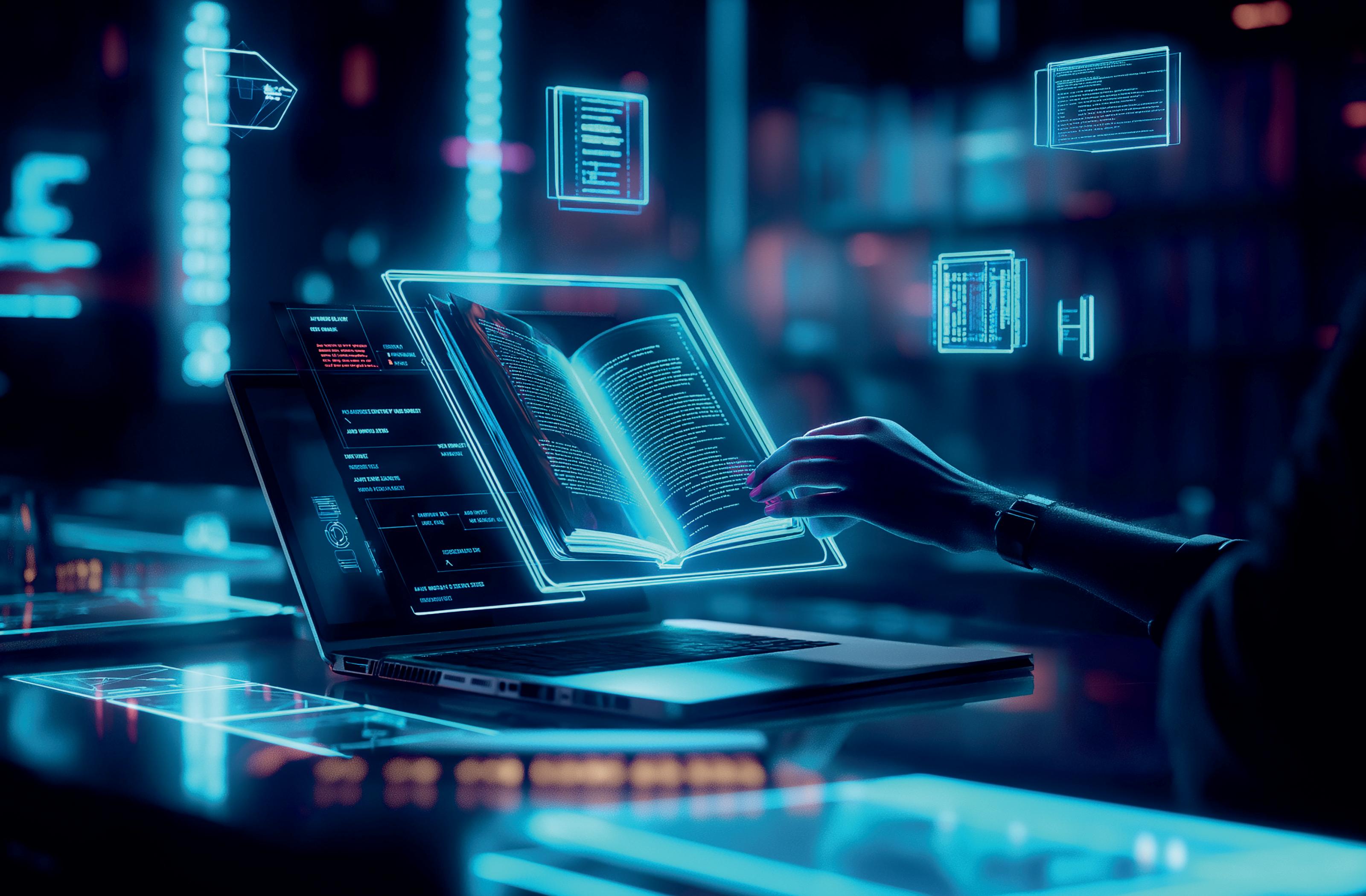

In today’s rapidly evolving educational landscape, the needforinnovativeteachingmethodshasbecomemore pressingthanever Withtheadventofnewtechnologies, shiftingsocietalneeds,andthechallengespresentedbyglobal events, educators are reimagining the way knowledge is imparted and acquired. Pioneering teaching methods go beyond traditional classroom practices to foster critical thinking, creativity, and lifelong learning in students. These newstrategiesarefosteredbyleadershipeducatorswhoresist fixed standards and encourage experimentation, collaboration, and responsiveness The classroom revolutionaries are re-shaping the classroom as an engaged locationwherethestudentsarenotmerelypassiveconsumers but co-producers. By filling the gaps between interdisciplinary methods, tapping cyber resources, and empowering the students, they are re-defining educational success.
This article highlights some of the most powerful developing pedagogymethodsutilizedbyvisionaryteachersglobally
Student-CenteredLearningandProject-BasedMethods
Some of the strongest pillars of contemporary instruction includes shifting from instructor-centered pedagogy to learner-centered learning This approach tackles learner involvementintheprocessoflearningandisaccountablefor the learning process side by students. Rather than lecturing, vision-oriented instructors design learning environments through questioning, initiation, discovery, and cooperation.

Positioning students at the forefront, instructors design student-centered learning environments in which different learning interests and styles of learning are envisioned and nurtured This style, besides improving the richness of learning, triggers self-directed learning, autonomy, and increasedaffinityforthesubject.
Project-Based Learning (PBL) is another of the most impactful student-centered learning strategies. Here, the studentslearnthroughsolvingcomplex,real-worldproblems overaspanoftime,connectingknowledgebetweensubjects. For example, one PBL project can be used to allocate responsibility to the students to plan for an eco-friendly city against the laws of science, mathematics, geography, and socialstudies.Thishasalotofscopeforcreating21st-century skills like teamwork, communication, problem-solving, and timemanagement.
There is change agent power harnessing technology to revolutionize classrooms, and entrepreneurial teachers are seizing it so that they can fuel teaching and learning in new, innovative ways. At the forefront of leading this revolution areinteractivewhiteboardsandtabletPCs,drivingtheusage ofdigitaltoolssuchasvirtualrealityandartificialintelligence to make learning more interactive, accessible, and diverse. Thetechnologiesenabledifferentiatedinstructionsothatthe instruction can be customized to meet the individual needs andlearningrateofstudents.Adaptivelearningsystems,for instance,canmonitorstudents'performanceinrealtimeand adjust difficulty automatically, offer personalized feedback and support. Emerging styles of collaboration and communication are also enabled by technology as well as contentdelivery
Students and instructors utilize tools such as Google Classroom, Microsoft Teams, and Zoom in order to unite students and students and experts worldwide. Web simulations, virtual classes, and web stories are just a few examples of all the ways that technology is making new horizonsavailableforclassicallearning.Theothercomputer applications such as coding tools, computer program development tools, and multimedia editing tools enable studentstoconceptualize,innovate,andrealizetheirideasin varyingcapacities.
The second among the attributes of great innovative pedagogy is the extent to which social-emotional learning (SEL)andinclusivityaregivenimportanceinpractice.SELis the cultivation of students' life and career success skills, including emotional intelligence, self-awareness, empathy, andinterpersonalskills.VisionaryteachersintegrateSELona dailybasisintoteachingthroughactivitiessuchasreflective journaling, class discussion, role-playing, and mindfulness. Theyarecarriedoutinawholesomeandrespectfullearning environmentwithenoughspacetoprovidespaceforstudents tovoicethemselvesandengagerespectfullywithoneanother
Inclusivity is also on the cutting edge of new pedagogy Teachers are gradually gravitating toward culturally responsive pedagogy, which is responsive to diversities in their students' histories, experiences, and identities. They organize curriculum from multiple visions and employ instruction materials that are representative of multiple histories,abilities,andcultures.Allstudentswithalllearning needsandbackgroundshaveequalopportunitiesforlearning ininclusiveclassroomsthroughuniversaldesignforlearning (UDL), differentiated instruction, and the utilization of assistivetechnologies.
The job accomplished by innovation leader teachers who welcome new pedagogies is constructing the future of education.Bytheirdismissalofproduct-basedlearning,they are realizing the potential of technology and producing culturalandemotionalinclusion.Theyarepreparingstudents forknowledgetoparticipateinthenetworked,globalworld. In addition to teaching subject matter, these instructors also teachpersistence,curiosity,empathy,andloveoflearning.In responsetochanginglearningneeds,sowillthey Thevision, flexibility, and dedication of the trailblazers inspire others willingtore-engineertheirclassrooms.Theirinnovationisa modelofwhatispossiblewhenteachingisnotjustajob,buta way of building a better world and of releasing human potential.








